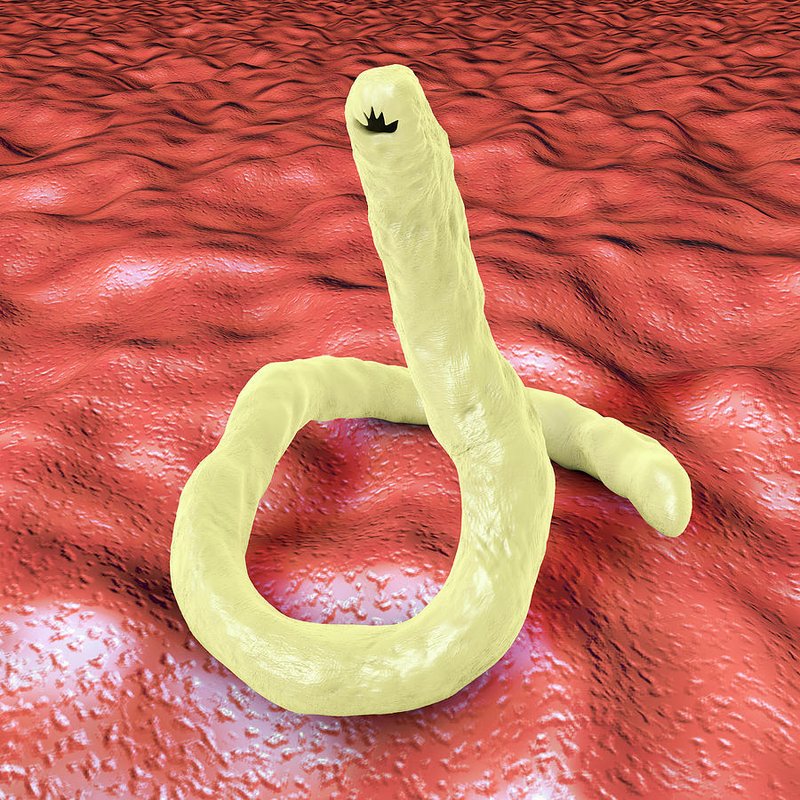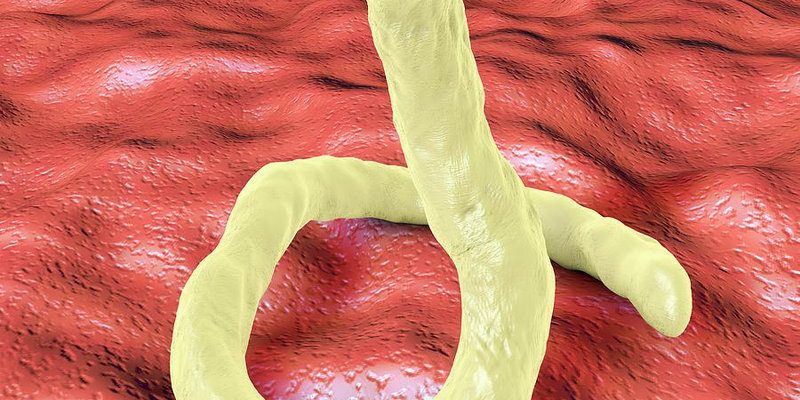
When you think of hookworms, picture a tiny worm with a toothy grin (although they don’t have actual teeth). These worms thrive in warm, moist climates and can be found in soil, particularly in areas with poor sanitation. Learning about hookworms not only helps us understand these organisms better but also sheds light on their effects on human health and the environment. So, grab a cup of coffee, and let’s take a closer look at hookworms, their life cycle, and what we can do about them.
What Are Hookworms?
Hookworms are small, parasitic worms that belong to the family Ancylostomatidae. They are named for their distinctive curved “hook” shape at one end of their bodies, which helps them attach to the intestinal walls of their hosts. There are several species of hookworms that infect humans, with the two most common being *Ancylostoma duodenale* and *Necator americanus*.
These worms mature in the intestines of their hosts, where they feed on blood, leading to various health issues. Interestingly, hookworms are usually transmitted through contaminated soil. When larvae come into contact with human skin, often through bare feet, they can penetrate and make their way into the bloodstream. It’s almost like a game of “gotcha!” as they find their way to the lungs and eventually the intestines.
Here’s a fun fact: hookworms have been part of human history for centuries! Ancient texts mention similar symptoms attributed to hookworm infections, showcasing their long-standing presence in human health issues.
The Life Cycle of a Hookworm
The life cycle of a hookworm is a fascinating journey that starts with eggs. Adult female hookworms lay thousands of eggs daily, which are expelled into the soil through human feces. Under the right conditions—warm and moist—the eggs hatch into larvae within a week. These larvae are like tiny explorers, seeking a warm body to latch onto.
When the larvae find a host, they burrow through the skin, often entering through the soles of the feet. From there, they travel through the bloodstream to the lungs. Imagine taking a wild ride through the body! Once in the lungs, the larvae climb up the respiratory tract and are eventually swallowed, leading them to the intestines, where they mature into adults.
This journey is not just an adventure; it’s crucial for the hookworm’s survival and reproduction. Once in the intestines, they can live for years, continuously laying eggs and perpetuating the cycle. Understanding this life cycle is important for preventing and treating hookworm infections.
Health Impacts of Hookworms
Hookworm infections can lead to a range of health problems, primarily due to blood loss. These tiny vampires feed on blood and can cause anemia, particularly in children and pregnant women. Symptoms might include fatigue, weakness, and pale skin. In severe cases, hookworm infections can stunt growth and cognitive development in children, making it a serious public health concern in some regions.
Another risk associated with hookworms is the potential for secondary infections. When the larvae penetrate the skin, they can cause itching and inflammation. If left untreated, these infections can become more severe, leading to further complications.
You might be wondering, how do we know if someone has a hookworm infection? Diagnosis typically involves a stool test to check for hookworm eggs. If you or someone you know exhibits symptoms, it’s essential to see a healthcare provider for evaluation and treatment.
How to Prevent Hookworm Infections
Prevention is key when it comes to avoiding hookworm infections. The best way to reduce your risk is by practicing good hygiene and sanitation. Here are some effective strategies:
- Avoid walking barefoot: In areas where hookworms are common, wearing shoes can protect your feet from larvae in the soil.
- Proper sanitation: Always use toilets and avoid defecating outdoors to reduce soil contamination.
- Regular deworming: In regions with high rates of infection, regular deworming programs can help control the spread of hookworms, especially in children.
Improving sanitation infrastructure can also make a significant difference. Access to clean water and proper waste disposal reduces the likelihood of hookworms spreading in communities.
Treatment Options for Hookworm Infections
If someone is diagnosed with a hookworm infection, treatment usually involves medication. The most common drugs prescribed include albendazole and mebendazole, which work by killing the adult worms in the intestines. Treatment plans may vary based on the severity of the infection and the patient’s health.
In addition to medication, addressing any nutritional deficiencies caused by blood loss is essential. Iron supplements may be recommended to help combat anemia and restore energy levels.
It’s crucial to follow through with treatment and to have follow-up tests to ensure the infection has cleared. If you’re concerned about symptoms or potential exposure, it’s best to chat with a healthcare provider for guidance.
Hookworms may be small, but they have a big impact on both human health and the environment. By understanding what hookworms are, their life cycles, and how they affect us, we can take steps to protect ourselves and our communities. Regular hygiene practices, appropriate healthcare, and public awareness can help reduce the incidence of these parasites.
So next time you hear about hookworms, you’ll know they’re not just a pesky parasite—they’re part of a larger ecosystem that connects us all. Let’s make informed choices to keep hookworm infections at bay while appreciating the complex beauty of nature.

